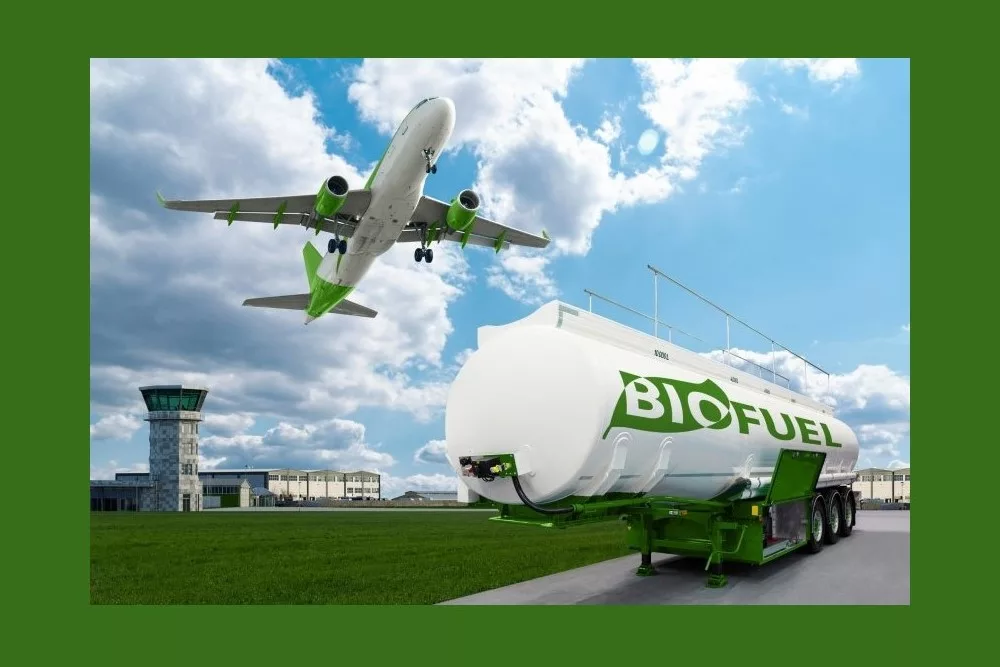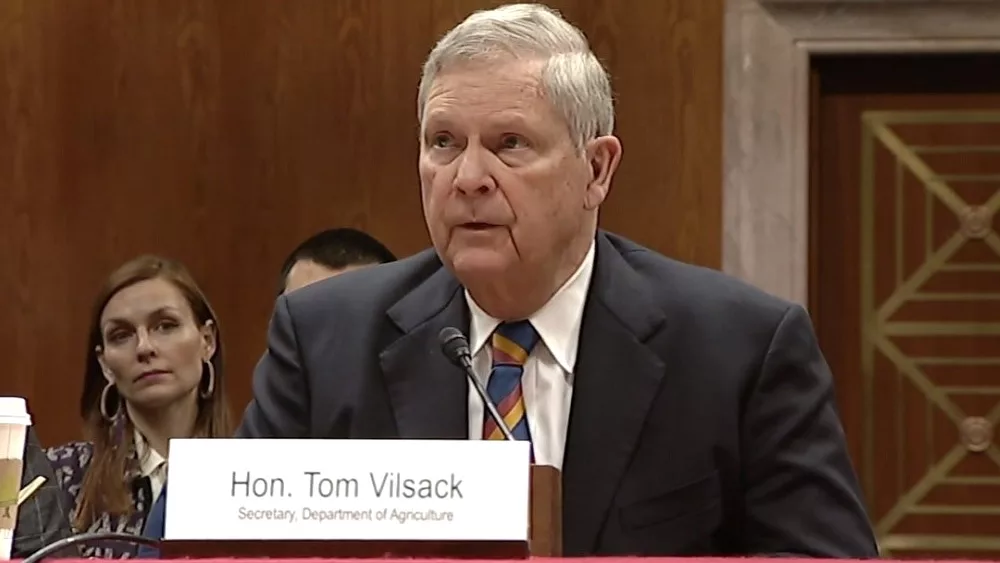
The fight against weeds is an ongoing battle for potato producers. High weed pressure means potatoes must compete with the weeds for sunlight, water, and nutrients which will impact the quality.
According to Andy Robinson of North Dakota State University Extension, potato weed control is a good example of utilizing integrated weed management.
“Many crops heavily rely on herbicides to control the weeds, but in a potato production system, we’re utilizing a lot of different things to help us control our weeds,” he said. “An integrated weed management is defined [as] utilizing physical, chemical and biological methods that are integrated so we don’t rely exclusively on one method. The beauty of potato production is we’re rotating every three to four years, and typically we utilize a fair amount of tillage in our crops. We do use chemicals, but we’re not 100 percent reliant on those.”
Robinson says there are many weed control methods.
“We have cultural management—doing things to discourage the growth of weeds, we utilize physical or mechanical methods, chemicals or herbicides, and also biological control methods,” he said.
Of all these types, chemical weed control is the most common for many reasons: done quickly, target specific weed species, or it can be used as a general herbicide.
“With pre-emergent herbicides, what we’re trying to do is lay down a blanket of coverage to try to prevent those weeds from growing until the canopy closes and you reduce that light, that would typically penetrate the soil,” said Robinson. “Once those seeds recognize that, there’s not direct sunlight, they often go back to a dormancy state.”
Because there’s not many options for post-emergence herbicides for potatoes, Robinson says it’s important to do a good job with a pre-emergence program. For his full presentation as part of the Michigan Potato LIVE series, click here.





